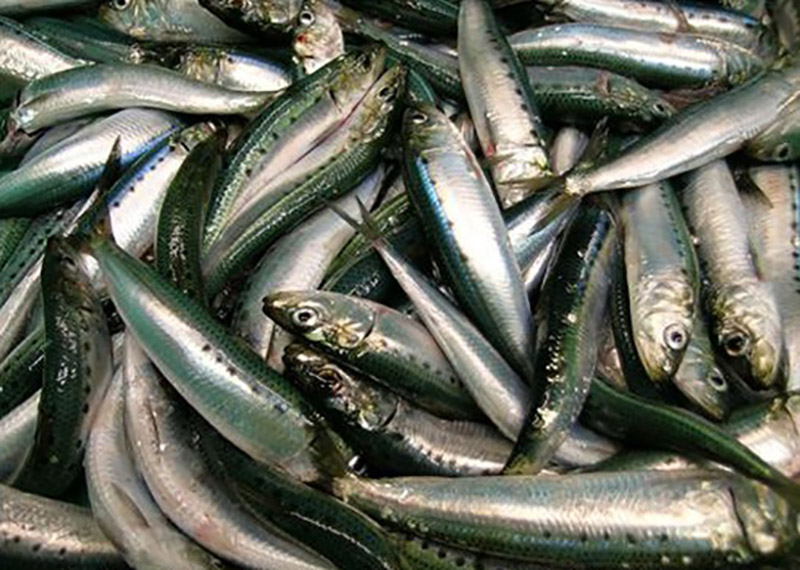Over the weekend, the Pacific Fishery Management Council voted to allow up to 7,000 metric tons of sardines to be caught by West Coast fishermen this year as incidental take, or bycatch.
The sardine fishery has been shuttered for years after stock assessments fell below the 150,000 metric-ton threshold needed to declare a fishery. With current NOAA estimates for July 2018 —figures that will set policy for the 2018-19 season — placing the current biomass at around 52,065 metric tons, fishermen were concerned that an incidental fishery wouldn't be allowed.
“We are very thankful to the council for applying the best available common sense in making its decision, especially in light of the concerns expressed during the recent [acoustic trawl] methods review and the earlier problems voiced about last year’s sardine [stock assessment review] panel review," wrote Diane Pleschner-Steele, executive director of the California Wetfish Producers Association, in a statement.
“And we are especially grateful to NOAA Assistant Administrator Chris Oliver, who took the time to address the council in support of sustainable fishing communities, as well as resources, saying in part, ‘We have to combine that scientific underpinning with practicality and common sense,’" she continued.
The California Wetfish Producers Association has claimed that NOAA's biomass estimates are lower than the association's based on anecdotal reports from fishermen. The association has noted that NOAA's research vessels could be too large to access areas close to shore where sardines are typically located.
On the other hand, Oceana has been campaigning and calling NOAA estimates far too high, advocating for a complete shutdown.







